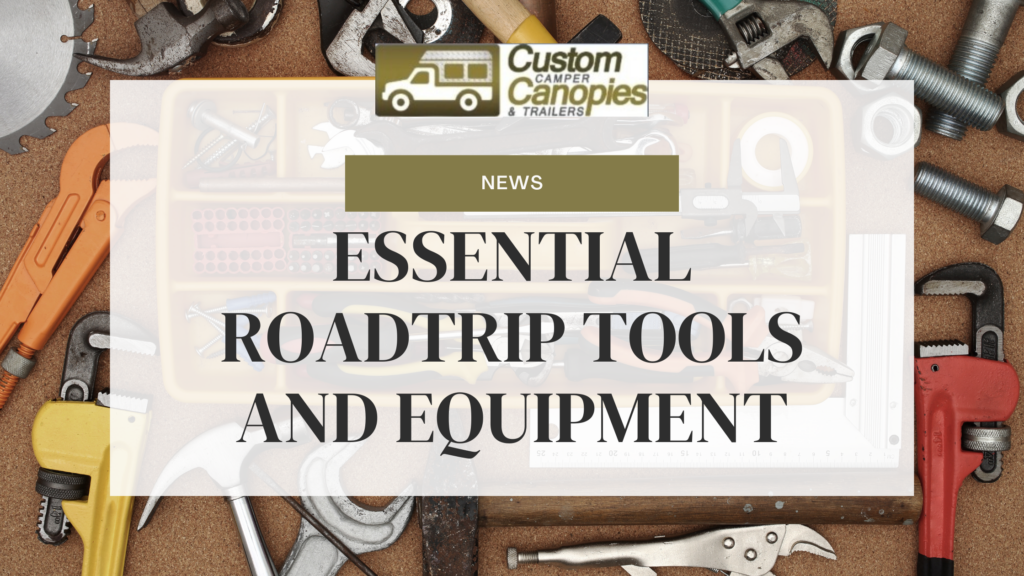Every road trip or daily commute comes with its own set of uncertainties. Whether it’s a flat tyre, a dead battery, or a minor mechanical issue, being prepared can turn a potential disaster into a manageable inconvenience. One of the best ways to ensure you’re ready for the unexpected is to have a well-stocked toolkit in your vehicle. Here’s a comprehensive guide to building your essential vehicle toolkit, ensuring you’re always roadside ready.
Essential Tools and Equipment
1. Jack A reliable jack is crucial for changing tyres. Opt for a hydraulic floor jack or a scissor jack, both of which are designed to lift your vehicle safely.
2. Tyre Iron/Lug Wrench You’ll need this to loosen and tighten the lug nuts on your tyres. A four-way lug wrench is often easier to use than a standard wrench.
3. Jumper Cables Dead batteries happen, often at the most inconvenient times. Heavy-duty jumper cables with a good length ensure you can reach another vehicle’s battery for a jump-start.
4. Spare Tyre Always ensure your spare tyre is properly inflated and in good condition. Regularly check it as part of your vehicle maintenance routine.
Additional Tools
5. Tyre Pressure Gauge Maintaining the correct tyre pressure is vital for safety and fuel efficiency. A tyre pressure gauge helps you keep your tyres in top condition.
6. Tyre Repair Kit A kit that includes patches, sealant, and tools for minor tyre repairs can save the day if you get a puncture.
7. Wheel Chocks These are used to prevent your vehicle from rolling while you’re changing a tyre, adding an extra layer of safety.
8. Torque Wrench This tool ensures your lug nuts are tightened to the correct specification, preventing both over-tightening and under-tightening.
Safety and Emergency Items
9. Reflective Triangle and Flares If you need to stop on the roadside, these items alert other drivers to your presence, significantly improving safety.
10. First Aid Kit For basic medical emergencies, a first aid kit is indispensable. Stock it with bandages, antiseptic wipes, pain relievers, and other essentials.
11. Flashlight with Extra Batteries A flashlight is crucial for visibility in low-light conditions. Make sure it’s bright and has a long battery life.
12. Gloves Protect your hands from dirt and injury while working on your vehicle.
13. Emergency Blanket An emergency blanket can provide warmth if you’re stranded in cold weather, and it takes up very little space in your kit.
Multi-Purpose Tools
14. Multi-Tool or Swiss Army Knife These versatile tools can handle a variety of small tasks, from cutting rope to opening bottles.
15. Pliers Useful for gripping, bending, and cutting wires or cables.
16. Adjustable Wrench An adjustable wrench can be used on nuts and bolts of various sizes, making it highly versatile.
17. Screwdrivers Include both flathead and Phillips head screwdrivers in your kit for any screwing or unscrewing tasks.
Fluids and Maintenance
18. Motor Oil A small bottle of motor oil can be a lifesaver if your vehicle’s oil level is low.
19. Coolant Keep a bottle of coolant to prevent your engine from overheating.
20. Windshield Washer Fluid Visibility is crucial for safety, so always have windshield washer fluid on hand.
21. Duct Tape For temporary repairs, duct tape is incredibly useful and versatile.
22. WD-40 or Similar Lubricant This can help with loosening stuck parts and preventing rust.
Other Useful Items
23. Rope or Bungee Cords Useful for securing items both inside and outside your vehicle.
24. Fuses Keep spare fuses for your vehicle’s electrical system to quickly replace any that blow.
25. Rags or Paper Towels These are useful for cleaning up spills and keeping your hands clean.
26. Tire Inflator or Portable Air Compressor A portable air compressor allows you to inflate tyres on the go, preventing you from getting stranded with a flat.
Storage
27. Toolbox or Storage Bag Keeping all your tools and equipment organised is essential. A sturdy toolbox or storage bag ensures everything is in its place and easy to access when needed.
Final Thoughts
Building a comprehensive vehicle toolkit might seem daunting, but having the right tools and equipment can make a significant difference in an emergency. Regularly check and replenish your toolkit to ensure everything is in working order and ready for use. With a well-stocked toolkit, you can handle most roadside emergencies with confidence, ensuring a safer and less stressful travel experience.
By being prepared, you not only ensure your safety but also the safety of your passengers and other road users. So, gear up, pack your toolkit, and enjoy the peace of mind that comes with knowing you’re ready for anything the road throws your way.

